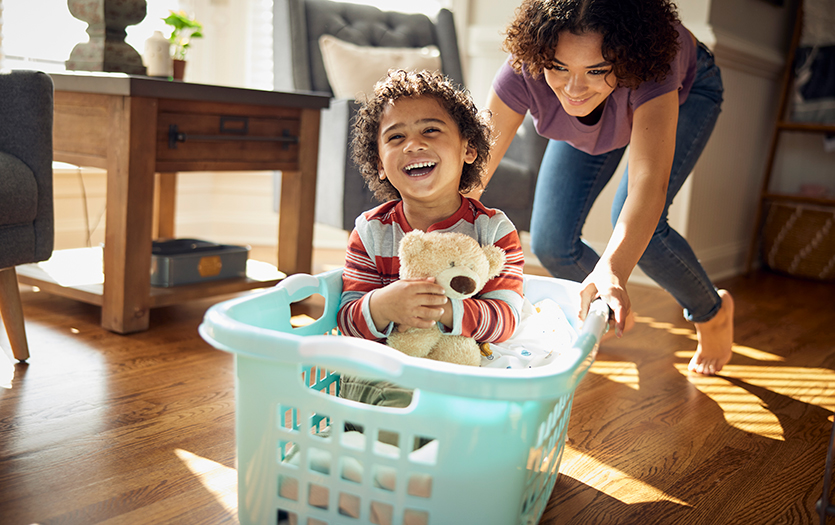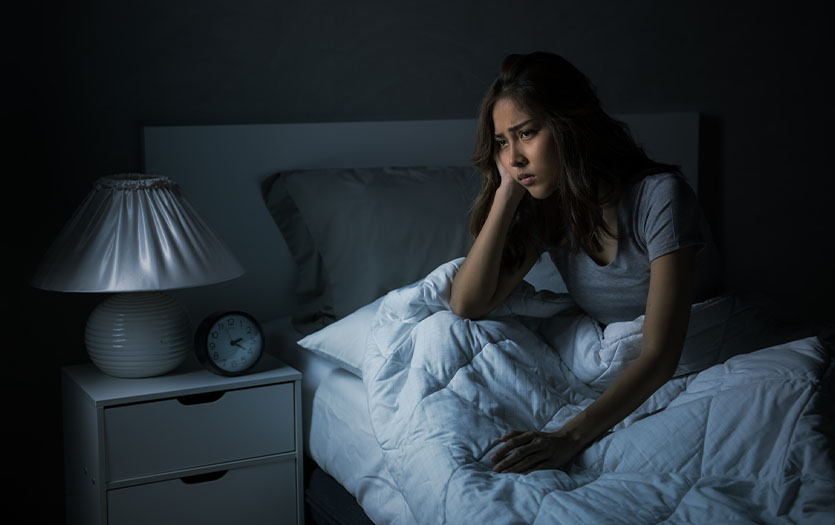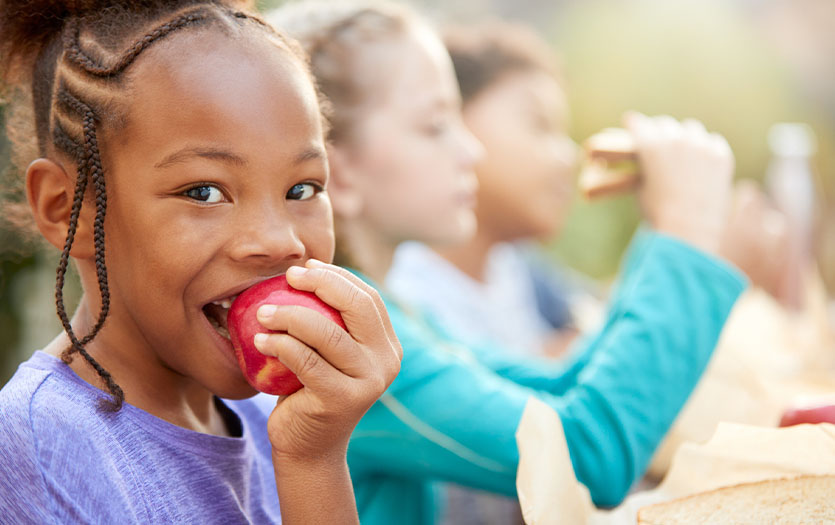
This post was written by Rachel Lilly, PhD, Parkview Behavioral Health Institute.
The long, dark and cold winter months are upon us. With the holidays come and gone, spring (and spring break) in the distant future, and the daily stressors of school and home life, winter can be a challenging time for children and parents alike. This season often brings illness, increased social isolation due to weather, fewer opportunities for exercise and play, and darker days with less light exposure. Children may experience decreased motivation and increased moodiness and irritability. Combined with academic pressures and disruptions to routines, these months can feel daunting and endless.
Beating the blues
A key to combating winter blues is intentionally scheduling and planning ways to overcome these seasonal challenges. Parents can begin by acknowledging and empathizing with their children’s frustrations. Simple statements such as, “I understand you’re frustrated that we can’t play outside with our neighbors right now. I’m feeling pretty cooped up, too.” can help youth recognize they are not alone in their feelings. Parents can also model healthy coping and staying active.
Creativity and thinking outside the box can foster family connectedness and combat the daily slog. Even when weather or illness keeps us indoors, we can still connect with family and friends. Beyond video calls, parents can encourage their children to send letters or make cards to send. Hosting indoor playdates or gathering at local coffee shops or the library can increase social connectedness.
Although it can be more difficult to get outside and play during winter months, encouraging gross motor activity and exercise can be a great way to boost mood. Yoga or family dance parties can foster movement. YouTube and other online resources also have live-action move-alongs and activities to get kids off the couch. When possible, bundling up and getting outside can be a great way to increase environmental variety and activity.
Parents can also use local events and resources. Libraries and other public spaces hold reading hours, puppet shows or social times for kids and youth to gather. Museums, trampoline parks and local community centers can help with daily variety, social interaction and activity.
The loss of light
It’s also important to recognize both the impact of light exposure and routine on mood. While cancellations and delays can make sleeping in and lounging in bed all day possible, maintaining a regular routine as much as possible can help support well-being. Encouraging kids to get up, dressed and out of their rooms during e-learning days can break up the monotony of being stuck indoors. Additionally, our sleep schedules and quality of sleep (and therefore well-being) are tied closely with light exposure. Opening curtains, getting outside for walks and turning on bright lights during waking hours, while limiting screens and light exposure during nighttime hours can help maintain circadian rhythms.
When to seek help
While these strategies can help address the typical and expected winter blues, parents should also be aware when their children’s moodiness or irritability may need the help of a professional. Persistent low mood, isolation, significant changes in behavior, drops in grades or that parent intuition that something feels wrong are all indicators that outside help may be needed. Seeking therapy and/or talking to their child’s primary care provider are ways to initiate these services.
While the winter months may feel long and endless, parents can also remind themselves (and their children) that, like all things, this is a season of life. Spring, sunshine and the fresh start of something new are just around the corner.
Learn more about our Youth Mental Health Services here.



